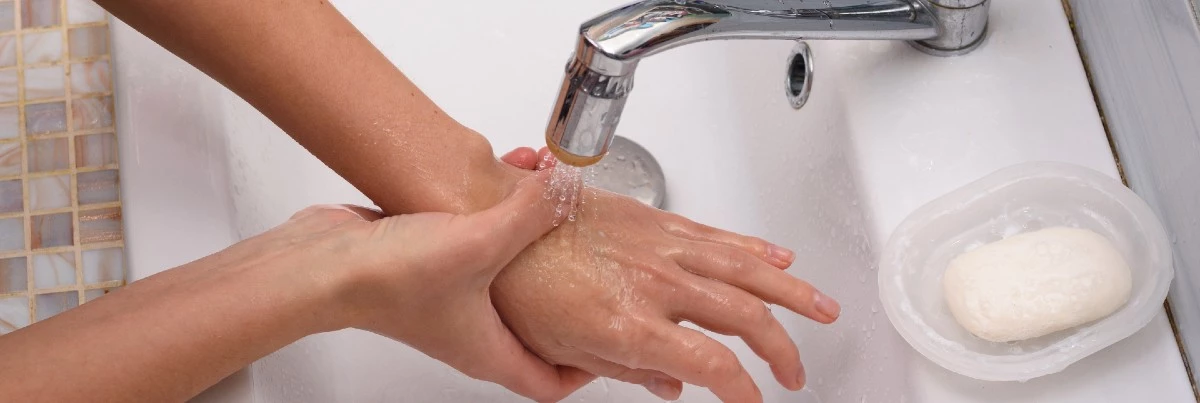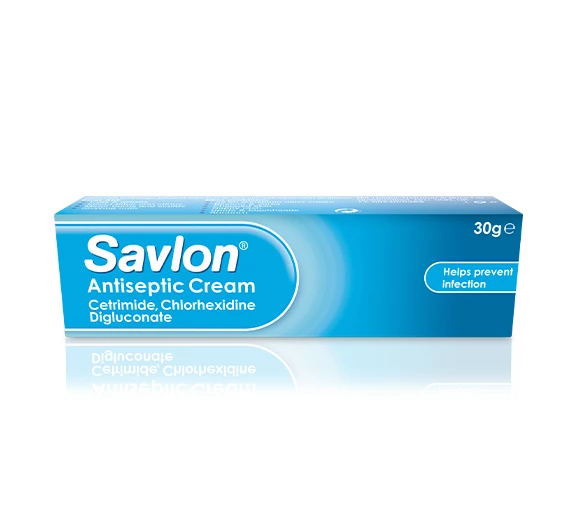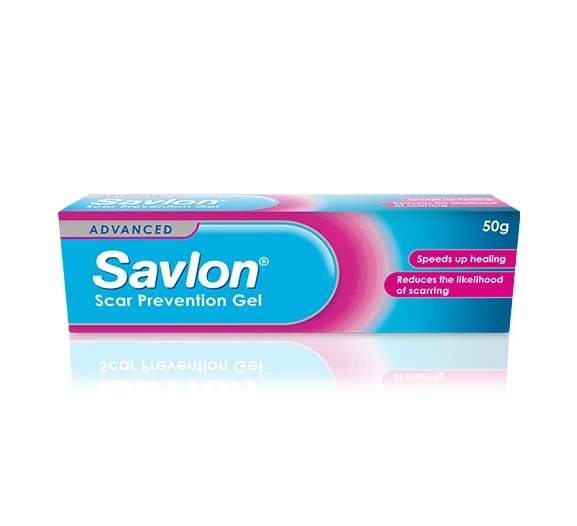Encouraging your kids to get involved in the kitchen can be a great way to get them interested in their diet and also teach them an essential life skill.
Even though it can be fun for the whole family to get involved, cooking can sometimes present dangers for the kids, especially in a busy kitchen during the festive period. Read on to learn how to stay safe in the kitchen as a family!
Overview: Keeping kids safe in the kitchen
Here are a few of our top tips for keeping your children safe in the kitchen:
- Make sure your kids know they need to be supervised when cooking
- Discuss the importance of handwashing before and after food preparation, especially if handling raw meat
- Keep your little chefs away from bubbling pots and pans to avoid burns
- Store all sharp knives out of reach of little hands.
- Use plastic bowls instead of glass so they won't shatter if dropped
- Make sure that your smoke detectors are working
- Invest in safety locks for low cupboards so toddlers can’t get in
- Teach your children to use oven gloves or a tea towel to carry hot dishes

Common hazards in a family kitchen
- Slips, trips & falls - Keeping your kitchen clean and tidy during cooking is not only essential for hygiene but also to prevent accidents. Spilt liquids on the floor can be the cause for a nasty accident. Ensure you quickly clean up any spillages to prevent anyone else in your kitchen from injuring themselves.
- Fire hazards - Working with flames and heat in the kitchen can cause serious danger so it’s important to take extreme care when working around naked flames or hot plates. Keep flammable materials away from sources of heat and remember to turn off your hob or oven once you’re finished cooking.

- Sharp tools - Injuries to hands and fingers are most common in the kitchen due to the variety of sharp tools that are often used. It can be easy to cut yourself on knives left in washing up water where they’re not visible so make sure all knives are washed and then put away quickly to avoid injury.
- Head injuries - Lifting heavy objects from high shelves is typically done most in the kitchen, which can cause injury. If the object is too high, do not climb but instead use a step stool. Children should never attempt to reach heavy objects from high shelves.
- Eye injuries - When cooking with chillies or onions, it can be easy to wipe your eyes without thinking, but this can cause pain and discomfort and must be treated straight away with an eyewash.
Savlon for accidents this Christmas
Prepare for accidents in the kitchen this Christmas with Savlon Antiseptic Cream to hand for cleansing and protecting minor wounds from infection! Available in most popular supermarkets & chemists.
How to keep kids safe in the kitchen
Keeping a close eye on your children in the kitchen is imperative to keep both you and them safe. Before cooking with your children it’s a good idea to chat with them about the basics of kitchen safety to ensure they understand how to behave.
Here are some useful points of discussion to follow:
- Constant supervision - Depending on the age of your little chef, you should keep a close eye on them to ensure they’re away from danger. Allowing them to perform certain tasks on their own whilst you watch will allow them to feel independent and confident whilst you’re still in control.
- First aid - Some of the most typical injuries to occur in the kitchen include burns and cuts. It can be a good idea to have a fully stocked first aid kit in the kitchen for these types of injuries. Include Savlon Antiseptic Cream in your first aid kit for prevention of infection on minor wounds.
To learn more about basic first aid skills, head over to our first aid for parents hub.

- Fire safety - Teaching your children what to do in case of a fire is a vital part of not just kitchen safety, but safety in general. Emphasise the importance of staying away from open flames and to make sure pan handles never sit over the flame.
- Basic hygiene - One of the first things many parents teach their children about kitchen hygiene is to always wash their hands first. This allows children to develop important kitchen hygiene habits, such as when to wash their hands. To avoid food cross-contamination, hands should always be washed after touching raw meat or poultry and any surfaces should be cleaned.
- Dress appropriately - Alongside hand washing, rolling up sleeves and putting on an apron should be the first steps you and your mini chef take before touching any food or cooking appliances. Remove any jewellery and tie long hair back to prevent any unwanted ingredients in your cooking!
What can be kept in a kitchen first aid kit?
Keeping a well-stocked first aid kit in your kitchen is important so that minor accidents and injuries can be treated quickly and efficiently. Store your first aid kit somewhere easily accessible but also cool and dry. A basic kitchen first aid kit may contain:
- Plasters in a variety of shapes and sizes for minor cuts
- Small, medium and large sterile gauze dressings to cover larger wounds
- At least 2 sterile eye dressings
- Triangular bandages
- Crepe rolled bandages
- Safety pins
- Disposable sterile gloves
- Tweezers

- Scissors
- Alcohol-free cleansing wipes
- Sticky tape
- Thermometer (not for the turkey)
- Antiseptic cream, such as Savlon
- Wound healing gel, such as Savlon Scar Prevention Gel
- Eyewash and eye bath
- Disposable cool packs
Savlon Scar Prevention Gel
Savlon Scar Prevention Gel helps soothe the pain of minor wounds and superficial burns. This hydro-active colloid gel creates optimal healing conditions to support the skin's healing process.
Basic first aid tips for common accidents
Before you and your little chef put on your aprons, discuss the possible dangers of the kitchen and how to treat them. Make sure you know where the first aid kit is located.
First aid for burns
- Whether it's an oil or a water burn or touching a hot surface, time is of the essence when treating burns. Keep children safe by making sure they stand well away from boiling pots of water and open flames when cooking.
- For first-degree burns, remove any clothing or jewellery near the burn and run the affected skin under cool running water for 3 - 5 minutes. This type of burn usually presents as red and slightly swollen and only affects the top layer of the skin. Apply an antiseptic cream to prevent infection and cover the burn with a sterile dressing.

- For second-degree burns, run the affected skin under cool running water for 15 to 30 minutes. This type of burn usually presents as swollen, red and blistering and can also affect the second layer of the skin. Apply an antiseptic cream to prevent infection and cover the burn with a sterile dressing. Check the wound each day for signs of infection such as swelling, pain to touch or pus.
- Third-degree burns are classed as a medical emergency and require professional medical assistance. Ring 999 for advice and go to A&E for treatment on this type of burn. Children under the age of 5 years old and pregnant women should get medical attention even if it’s a minor burn.
- Savlon Scar Prevention Gel can be used to soothe the pain of minor wounds and burns. This hydro-active colloid gel creates optimal healing conditions to support the skin's healing process and helps reduce the likelihood of scarring.
First aid for cuts
- Cutting yourself in the kitchen can be easily done if you’re not paying attention. First of all, clean the area straight away to remove any debris that could cause infection.
- Apply pressure to the wound with a clean cloth for at least 5 minutes to stop the bleeding. If the bleeding is still severe after 20 minutes of applying pressure, ring 999 or go to A&E.
- Otherwise, apply an antiseptic cream to prevent infection. Savlon Antiseptic Cream can be used to cleanse and protect minor wounds from infection, such as knife cuts. Cover the wound with a suitably sized gauze and tape.

First aid for eye injuries
- Getting food or liquids in your eyes can be easily done when cooking - especially with kids. It’s best not to panic if this happens and remain calm.
- If your child gets something splashed in their eye, lean them over your sink and pour a stream of lukewarm water over their eye to flush out any debris causing discomfort. Keep flushing out the eye for around 15 minutes keeping the other eye covered.
- If your eye is still irritated after flushing for 15 minutes, call 999 where they may advise you to go to A&E for further treatment.

Products featured
Enjoy cooking in the kitchen as a family with Savlon by your side.
- Savlon Antiseptic Cream can be used to cleanse and protect minor wounds from infection, such as knife cuts.
- Savlon Scar Prevention Gel soothes pain and promotes faster healing to reduce the likelihood of scarring.





